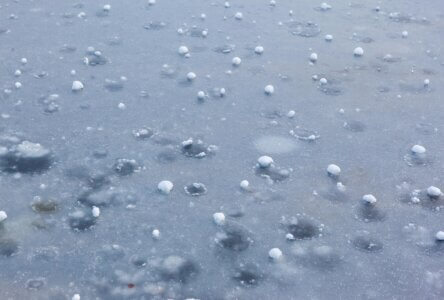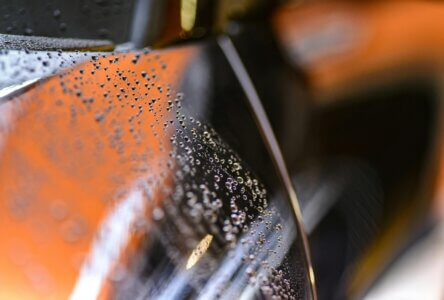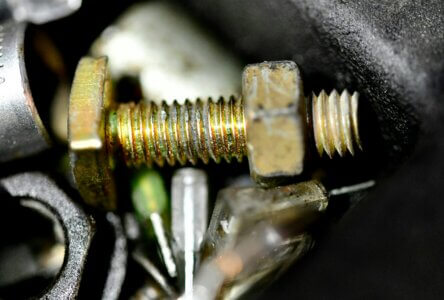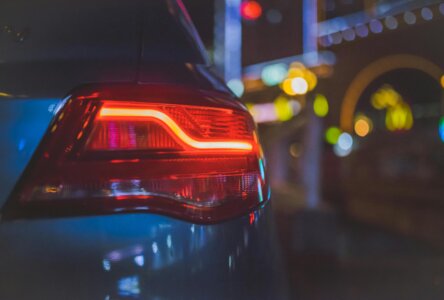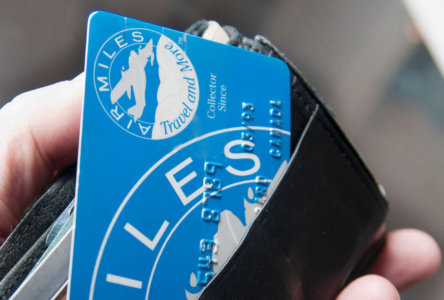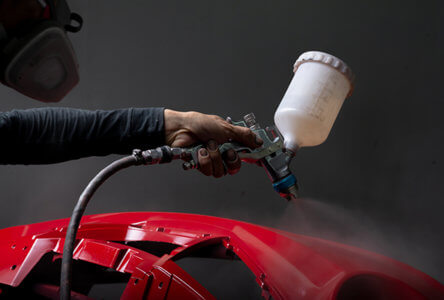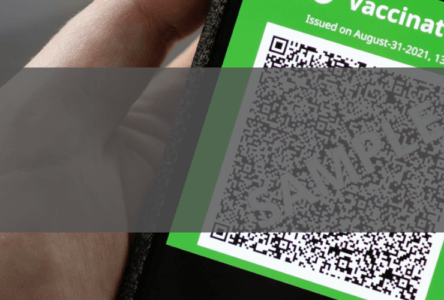A good paint job doesn’t start with the paint—it starts with the prep.
Ask any auto body technician, and they’ll tell you that preparation is everything. If you want that clean, smooth, professional-looking finish, the way you prep your car can make or break the final result.
At Craftsman Collision, we’ve painted thousands of vehicles across Western Canada.
Whether you’re doing touch-ups or considering a full respray, here’s our step-by-step guide to prepping your vehicle the right way.
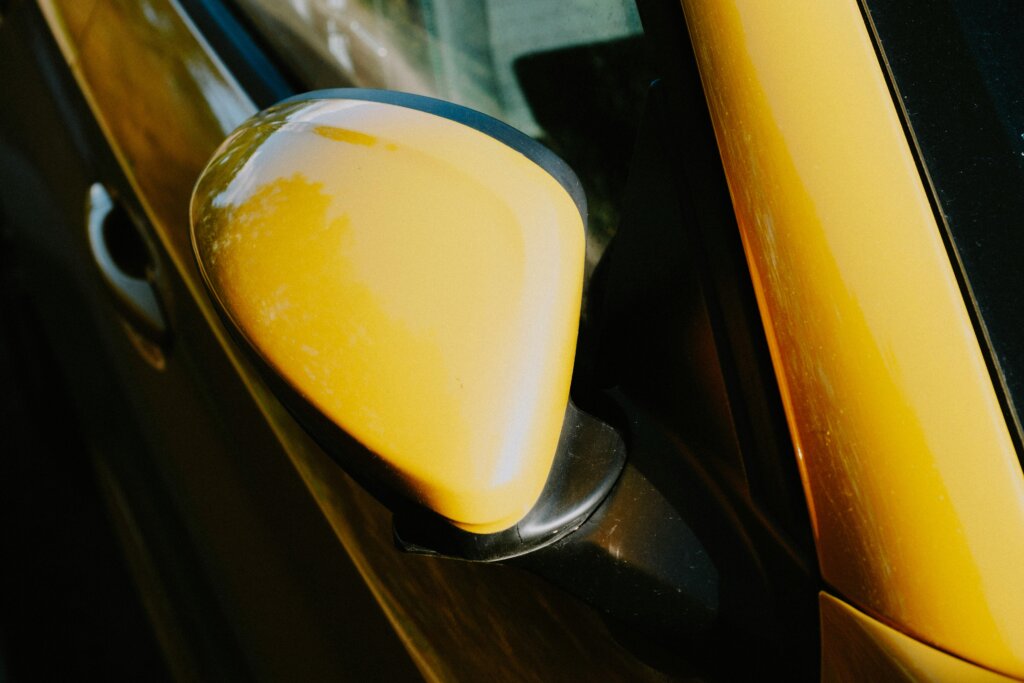
Step 1: Clean the Surface Thoroughly
Before you think about paint, you need to make sure the surface is clean. Any dirt, grease, or wax can interfere with paint adhesion.
Start by washing the vehicle with soap and water, then go deeper:
- Use a wax and grease remover to eliminate surface contaminants.
- Degreasers with isopropyl alcohol or citrus-based cleaners are commonly used.
What to use to clean a car body before painting?
To clean your car body before painting, use products designed for auto paint prep, like Prepsol or a wax/grease remover. Avoid household cleaners, as they often leave behind residues that interfere with paint.
Cleaning supplies you’ll need:
- Automotive soap
- Wax and grease remover
- Clean microfiber cloths
- Degreaser (automotive-grade)
- Spray bottle or pump sprayer
Step 2: Sanding the Old Paint
Sanding makes sure that the new paint adheres properly and helps smooth out chips and imperfections in the old finish.
You don’t always need to strip down to bare metal—unless the paint is cracking, flaking, or rusted. Otherwise, a good scuff is usually enough.
Start with a medium grit (around 320) and finish with a finer grit (around 600) for smooth results.
Can you paint over existing auto paint?
Yes, you can paint over existing auto paint, but only if the old paint is in good condition. Sand it thoroughly first to help the new paint bond.
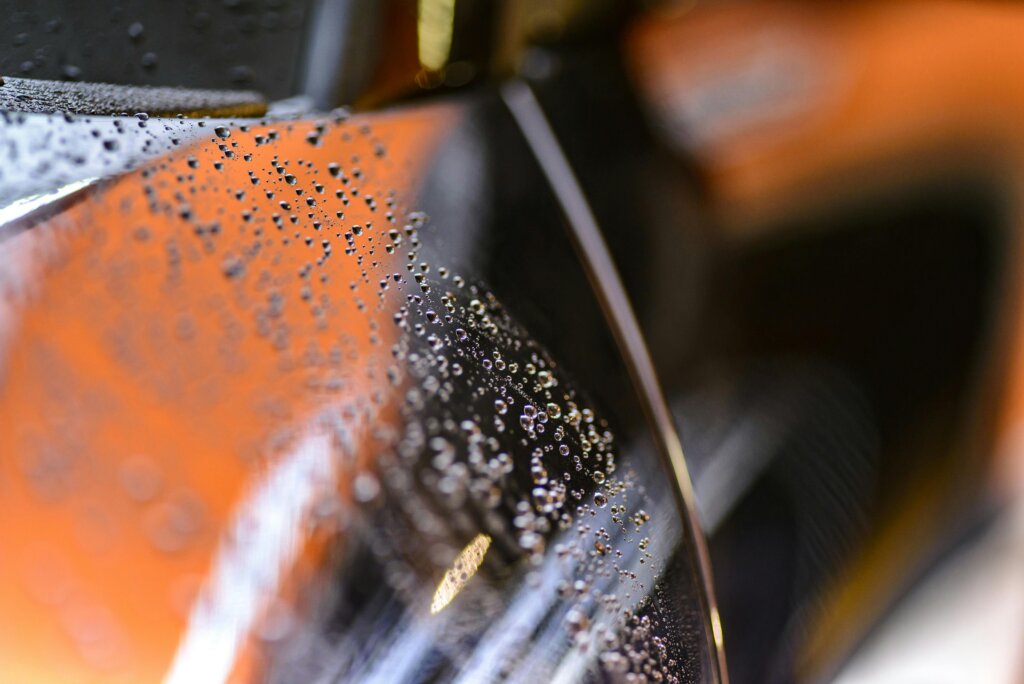
Step 3: Repair Imperfections
Even small imperfections will stand out under a new coat of paint. Next, we fill dents, dings, and scratches with a quality body filler.
- Apply filler in thin layers
- Sand between coats for a level surface
- Finish with a primer surfacer to seal and smooth everything
Always let the filler and primer dry fully before moving forward.
Pro Tip: For deep dents or panel damage, it’s worth consulting a professional. Craftsman Collision offers expert dent repairs and aluminium panel work at all our locations.
Step 4: Masking and Taping
Once the body is clean, sanded, and smooth, it’s time to protect everything you don’t want painted. We use high-quality automotive masking tape and either masking paper or plastic sheeting. Always avoid newspaper—it can bleed through.
Areas you should always mask off:
- Windows
- Trim and moldings
- Headlights and taillights
- Badges and emblems
- Wheels and tires
Tips for avoiding overspray:
- Double-check corners and edges
- Use plastic wrap for large sections
- Tuck tape edges for cleaner lines
For more on our pro paint process, visit our services page.
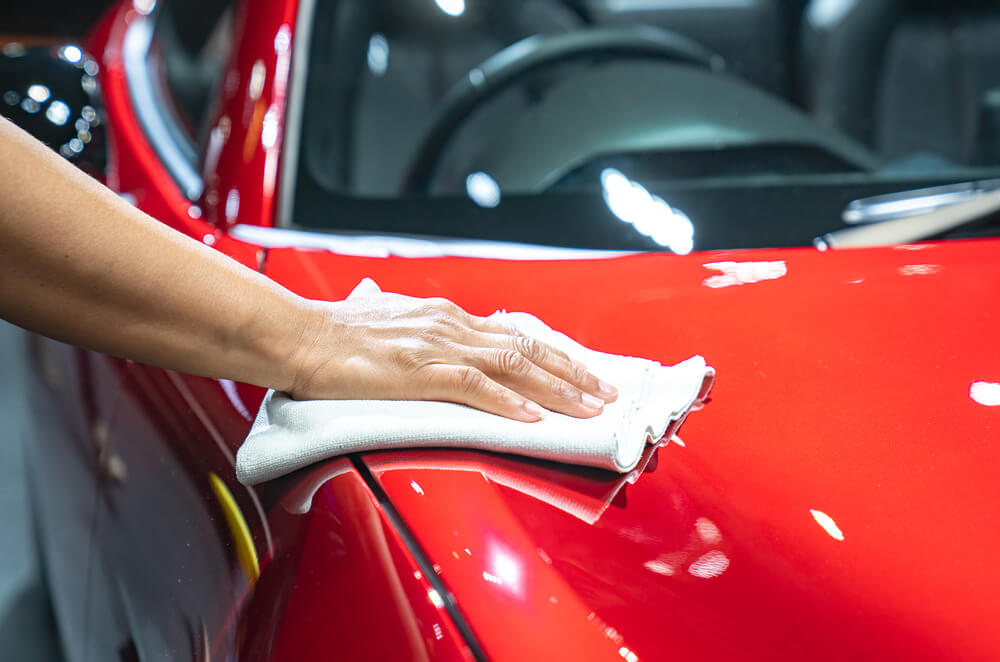
Step 5: Apply Primer
Primer is key for good paint adhesion, rust prevention, and surface sealing. It also helps detect any last imperfections before the colour coat.
Always check your primer manufacturer’s instructions or speak to a trained technician to make sure it’s compatible with your paint system.
Types of primer:
- Epoxy primer: Best for bare metal and corrosion resistance
- Urethane primer: Great for flexibility and durability
- High-build primer: Ideal for smoothing out minor flaws
How many coats of primer? Usually 2–3 coats, with sanding between each for a uniform finish. Let each coat dry completely according to the product instructions.
How do you prepare car body panels for painting? Clean, sand, mask, and prime. Surface prep for auto paint is all about creating a smooth, contaminant-free surface with proper adhesion.
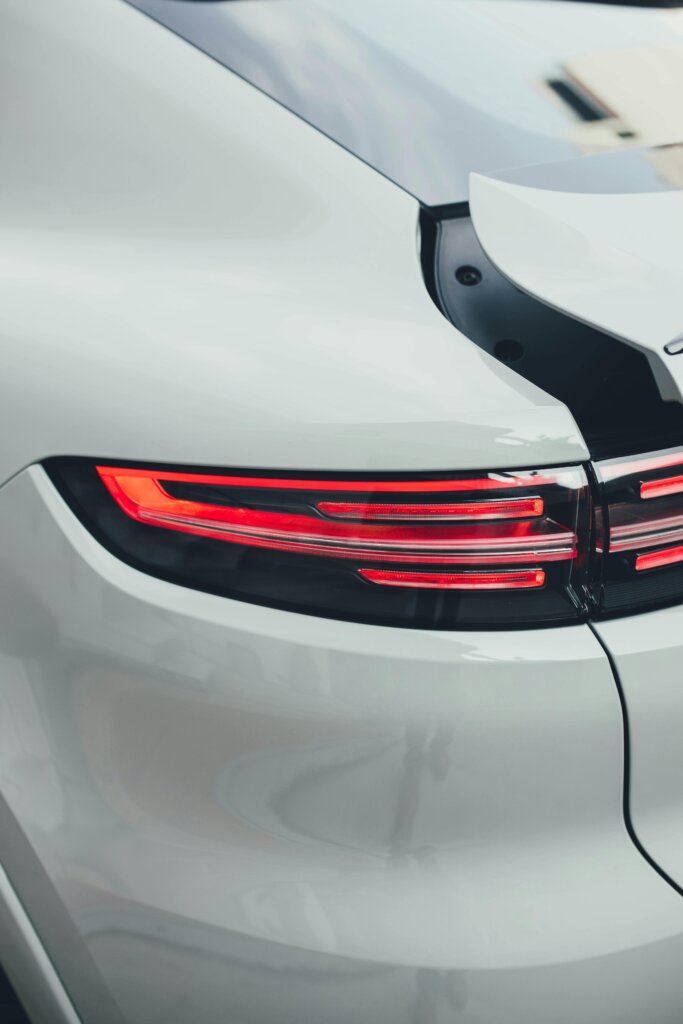
When to Leave It to the Pros
DIY prep is doable, but not always ideal. If you’re working with:
- Aluminium body panels
- Extensive rust or structural issues
- Insurance-covered collision repairs
- Full repaints or colour changes
…it’s best to bring your vehicle to a professional.
At Craftsman Collision, we have access to:
- Controlled paint booths (for dust-free finishes)
- Computer-matched colour systems
- Professional-grade tools and safety gear
- Highly trained technicians with ICBC and OEM certifications
Not sure what’s under the surface? Visit your nearest Craftsman location for expert advice.
Explore our auto painting services and see how we guarantee a factory finish.


